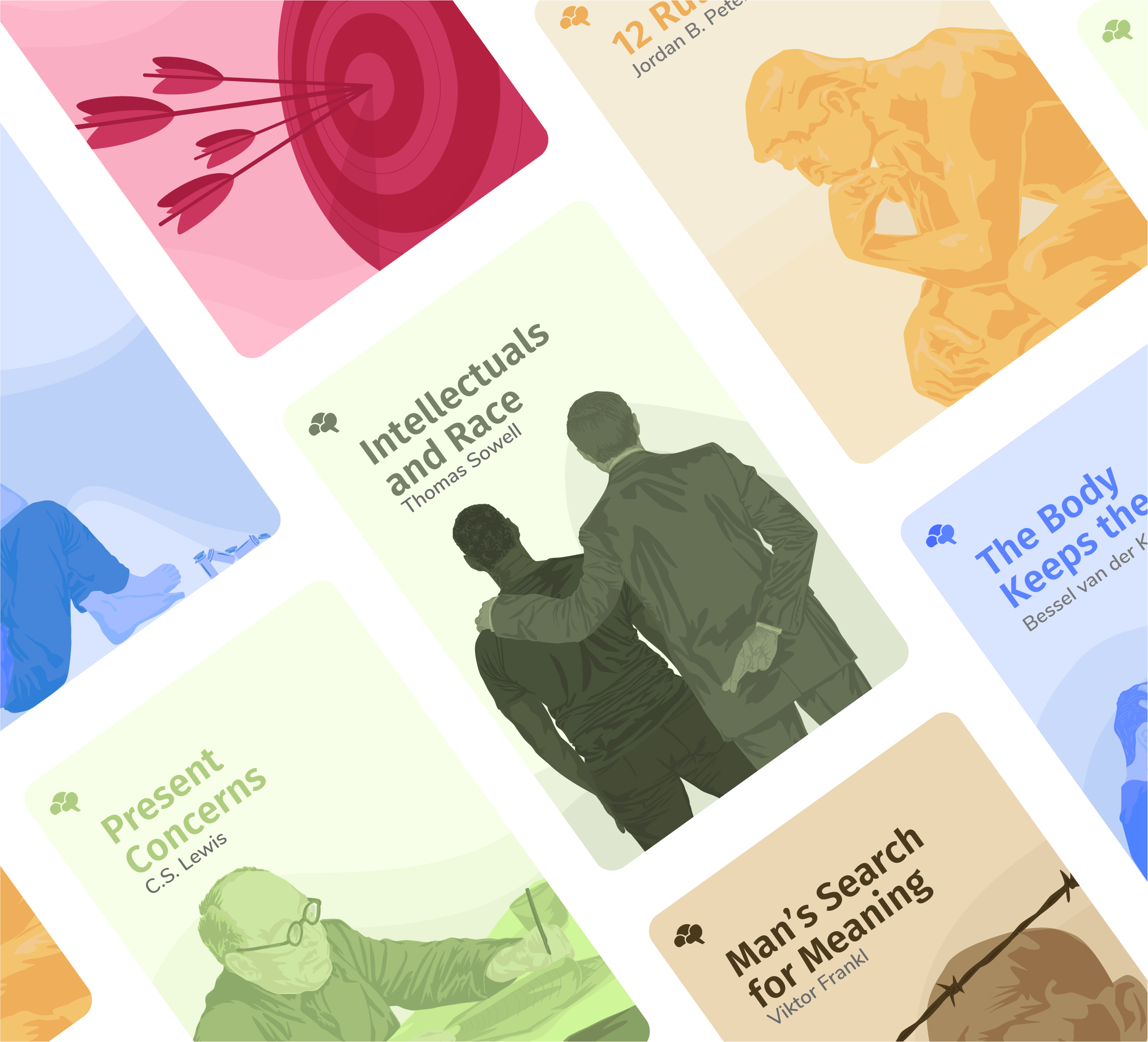Sean M. Carroll
Sean Michael Carroll (born October 5, 1966) is a theoretical physicist specializing in quantum mechanics, gravity, and cosmology. He is a research professor in the Walter Burke Institute for Theoretical Physics in the California Institute of Technology Department of Physics. In 2010, Carroll was elected fellow of the American Physical Society for "contributions to a wide variety of subjects in cosmology, relativity, and quantum field theory, especially ideas for cosmic acceleration, as well as contributions to undergraduate, graduate, and public science education". In 2014 he was awarded the Andrew Gemant Award by the American Institute of Physics for "significant contributions to the cultural, artistic or humanistic dimension of physics." In 2015 he was awarded a Guggenheim Fellowship.
Something Deeply Hidden: Quantum Worlds and the Emergence of Spacetime
What if you really could be in two places at once, or a billion for that matter? The Many-Worlds theory of quantum mechanics strips quantum phenomena of its mystery in exchange for a world of complex beauty—and multiplicity. Composed by the physicist Hugh Everett in 1957, this interpretation of quantum mechanics employs only the absolutely necessary aspects of quantum physics. This simplification of subatomic reality creates a problem, or many problems, in fact. Everett’s interpretation asserts that our world is actually multiple, a conglomeration of every possible interaction between two entangled systems. Theoretical physicist Sean Carroll explores the relevancy of the Many-Worlds interpretation of quantum theory, which opens the curtains of a puzzling universe to reveal many connected realities.
Bio information sourced from Wikipedia

